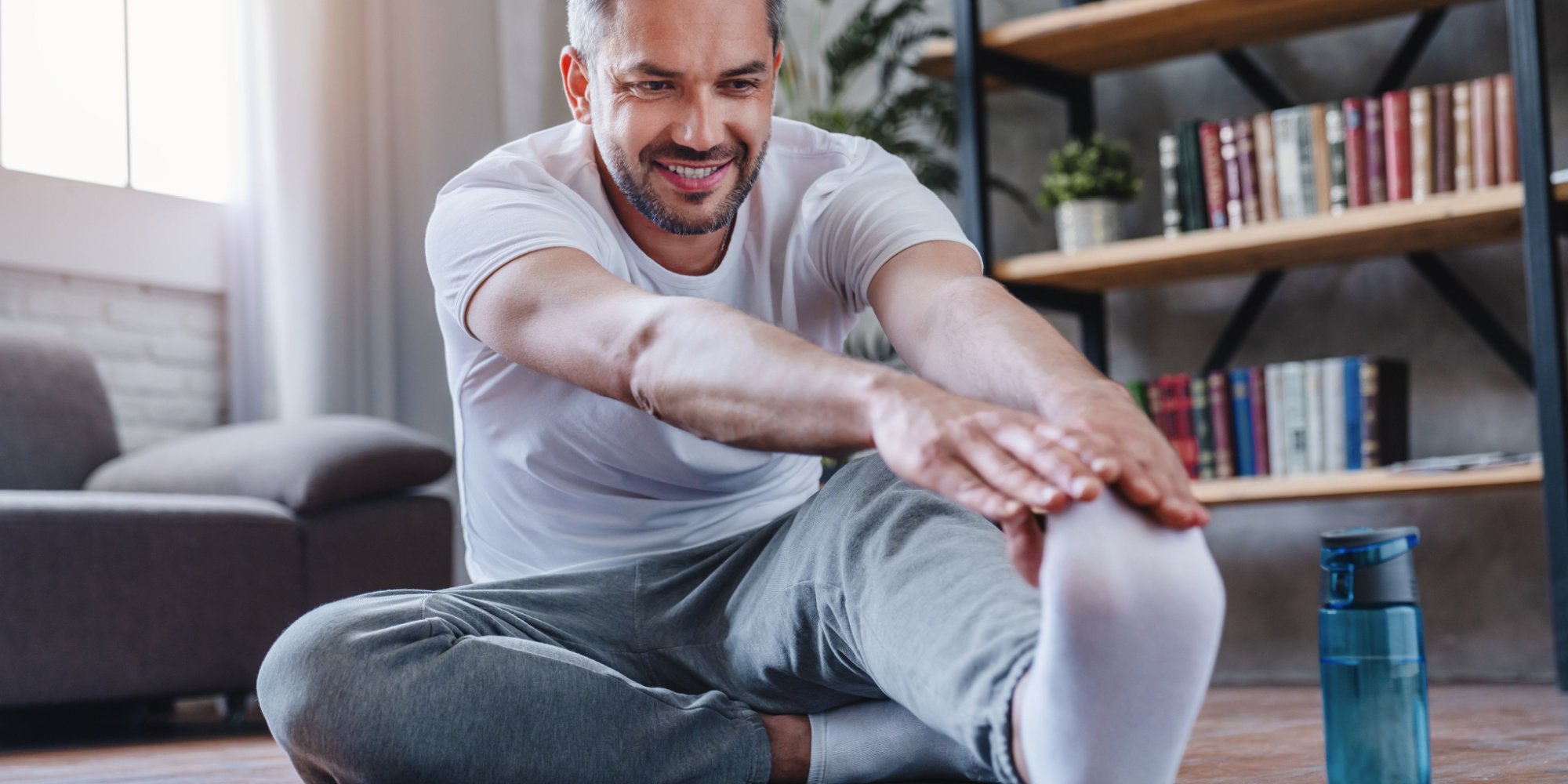Why is Mobility Work so Important as You Get Older?
Aug 17, 2022 mindpumpMobility is possibly one of the most important skills we can have in our lives. Don’t get it confused with flexibility. Flexibility is being able to lengthen a given muscle to a point. Mobility is the ability to freely move that muscle and joint through a full range without pain. Most people do not have this. In fact, as we get older, we start to notice aches and pains showing up that won’t go away. Maybe they go away for a couple days, but then something reactivates it.
Imbalances and Uneven Distribution
Think of the body this way. We have certain areas that should be fully mobile, and certain areas that are meant to be stable. Ideally, you want weight distributed evenly on the joints in muscles depending on what given stance or movement you are taking. REALISTICALLY, however, is that over time we form muscle imbalances and weaknesses.
Whether you are sitting at your desk hunched over atrophying the back muscles, or squatting repetitively but unknowingly leaning more towards one leg, we start to create bad movement patterns. Over time, this starts to take that ideally distributed load and starts to put more weight on areas not designed to take the brunt.
Overcompensation
This is where overcompensation, or injury can occur. For instance, your low back is made to provide stability while your hips provide mobility. If you are unable to get into a full squat position due to lack of mobility, other parts of your body start to step in and take on the extra load to help get you into this position.
So as you get squat down, if you cannot maintain an upright posture and open up the hips as you come down, you will naturally start to lean your upper body forward over your knees and possibly round your lower back to help overcompensate in order to get to the bottom position. Now, imagine adding a barbell with load on your back. Your hips, and the muscles around the hips should be taking this weight, but now the low back is sharing more of the strain in order to get you into position. This is bad news. As a result, people tweak their low backs trying to get the weight back up because they didn’t have proper mobility of the hips.
Find the Root Cause
Now, after experiencing that, most people’s instinct is to start figuring out exercises and ways to heal the low back, but as you now realize, the low back wasn’t the issue. The issue was lack of hip mobility/strength. Addressing the low back only puts a bandaid on the problem. If you went back to squatting as soon as you healed up, you’d only reinjure it. The actual goal should be to address the core of the issue (the hip weakness), and fix it so the back is no longer taking the strain.
Understanding how the body works from top to bottom helps figure out where the core issue lies. I don’t expect you to have full anatomy knowledge but in general it goes like this:
Shoulders: Shoulder blades should be stable, and thoracic should be mobile
Hips: Hips should be mobile and low back should be stable
Knees: Ankles should be mobile and the knees should be stable
This is a very broad way to look at it but a great way to get started. The areas above that are supposed to be stable are usually the most commonly injured areas. If you have an injury in any of those spots, start addressing it by looking above or below the area to see what mobile area might be weak that’s causing the stable area to take on too much stress (i.e. if your knees hurt take a look at your ankles and/or your hips).
For more help on this check out my articles on What are the Best Mobility Exercises for the Shoulders? and the Best Mobility Exercises for the Hips.







